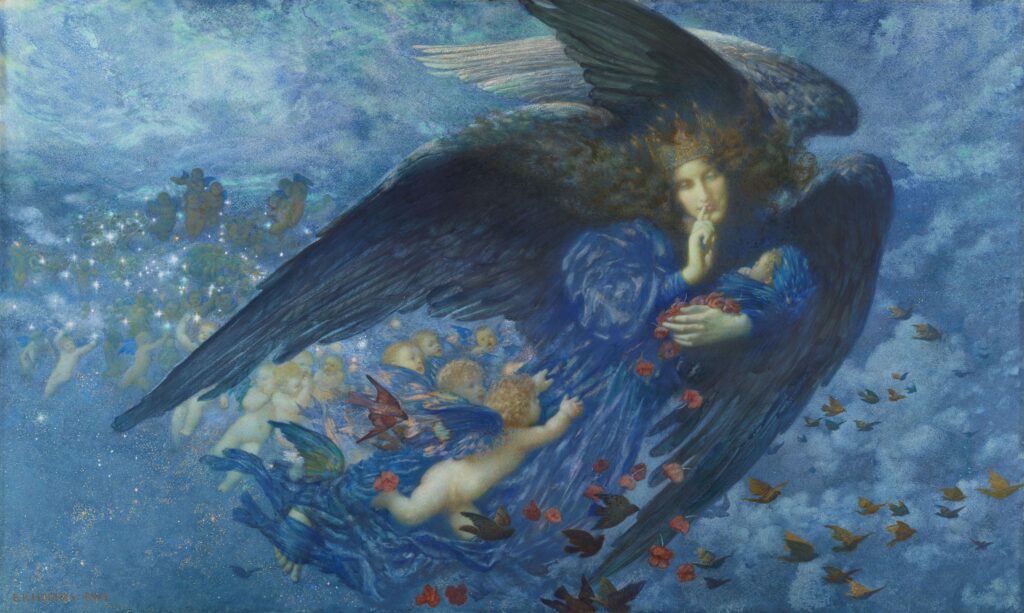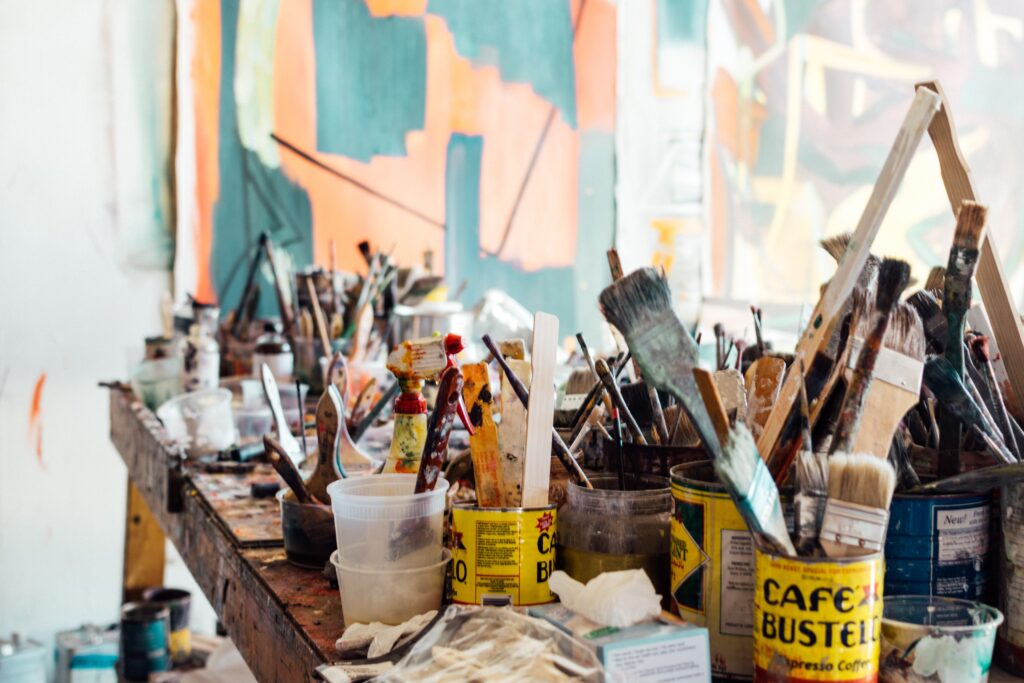The article “RESOaction: Timeless Art Addressing Race, Sexuality, and Inequality” explores the retrospective art exhibition “RETROaction” currently taking place at Hauser & Wirth. The show revisits two significant art exhibitions from 1993, the Whitney Biennial and “The Theater of Refusal,” and raises questions about their interpretation in the context of 2023. In 1993, the Whitney Biennial sparked controversy for prioritizing diversity and identity politics over artistic merit, while “The Theater of Refusal” examined the marginalization of artists of color in the art world. With artworks from both exhibitions still resonating today, the goal of “RETROaction” is to explore how art and politics should respond to the current climate, bringing the past forward rather than simply reliving it. The show features artists who participated in the original exhibitions alongside new artists who explore innovative approaches to Blackness. The presence of a reading room emphasizes the significance of written texts in shaping artistic discourse.

Exhibition Overview
RETROaction at Hauser & Wirth
Revisiting two watershed art exhibitions from 1993
The goal of the exhibition
RETROaction at Hauser & Wirth is a groundbreaking exhibition that delves into the past to explore the intersection of art, politics, and identity. Revisiting two pivotal art exhibitions from 1993, the Whitney Biennial and “The Theater of Refusal,” this show aims to bridge the gap between the past and the present. By bringing these exhibitions forward and examining them through a contemporary lens, RETROaction challenges traditional notions of art and invites a critical exploration of how art and politics should respond to the current climate.
1993 Whitney Biennial
Controversy surrounding diversity and identity politics
Criticism of prioritizing diversity over artistic merit
The 1993 Whitney Biennial was a seminal event in the art world, sparking controversy and igniting a discourse on diversity and identity politics. By focusing on artists from marginalized communities, the exhibition aimed to give voice to those who had long been silenced. However, this emphasis on diversity drew criticism from some who argued that artistic merit was being sidelined in favor of social and political agendas. The exhibition became a lightning rod for debate, exposing the fault lines within the art world and society at large.

The Theater of Refusal
Examining marginalization of artists of color
Challenging critical language and highlighting the marginalization of Black artists
In parallel with the Whitney Biennial, “The Theater of Refusal” emerged as a powerful response to the marginalization of artists of color in the art world. Curated by Thelma Golden, this exhibition sought to challenge the critical language used to describe and interpret art. By centering the works of Black artists, the exhibition aimed to dismantle the systems of oppression and dominance that had long excluded them. “The Theater of Refusal” served as a platform to highlight the unique perspectives and artistic contributions of Black artists, pushing against the confines of traditional artistic discourse.
Artworks Featured in RETROaction
Participating artists from the original shows
Relevance of the artworks today
RETROaction features works by the artists who participated in the original 1993 exhibitions, creating an intergenerational dialogue that spans three decades. Artists such as Lorna Simpson, Glenn Ligon, Gary Simmons, Cindy Sherman, and Charles Gaines showcase artworks that continue to resonate today. These artists have fearlessly explored issues such as race, sexuality, and social inequality, using their artistic platforms to challenge societal norms and spark conversations. Through their work, they demonstrate the power of art to confront the complexities of the human experience and initiate meaningful change.

Addressing Race in Art
Role of race in the artworks
Exploring new approaches to Blackness
Race is a central theme in many of the artworks featured in RETROaction. By engaging with the concept of race, these artists interrogate the constructs and narratives that shape our understanding of identity. They confront racial stereotypes, challenge the status quo, and offer new perspectives on what it means to be Black in America. Additionally, RETROaction introduces new voices to the dialogue, with artists such as Torkwase Dyson, Rashid Johnson, Kevin Beasley, and Leslie Hewitt exploring fresh approaches to Blackness. Their works invite viewers to question and reimagine the boundaries of racial identity, pushing beyond fixed categories and embracing the complexity of individual experiences.
Addressing Sexuality in Art
Representation of sexuality in the artworks
Challenging societal norms and stereotypes
Sexuality is another significant theme that runs through the artworks in RETROaction. Artists in the exhibition bravely explore the diverse spectrum of sexual orientations and gender identities, inviting viewers to challenge societal norms and stereotypes. Through their work, they deconstruct heteronormative narratives and celebrate the beauty and complexity of diverse relationships and desires. By showcasing a wide range of artistic expressions of sexuality, RETROaction helps break down barriers and encourages a more inclusive understanding of human experiences.
Addressing Inequality in Art
Depicting social inequality in the artworks
Questioning the role of art in addressing social issues
In addition to race and sexuality, social inequality looms large in the artworks featured in RETROaction. Artists in the exhibition use their creative voices to shine a light on the systemic injustices that plague our society. Through powerful visual representations, they depict the inequities and divisions that exist, making visible what is often obscured. Moreover, these artists challenge the role of art in addressing social issues, questioning whether art has the power to effect meaningful change or is merely a reflection of the status quo. By confronting viewers with uncomfortable truths, RETROaction compels us to reevaluate our preconceived notions and consider the potential of art to challenge, transform, and reshape our world.
Interpreting the Exhibitions in 2023
Contextualizing the original shows within the current climate
Revisiting the critical response to the 1993 Biennial
Interpreting the 1993 Whitney Biennial and “The Theater of Refusal” in the context of 2023 allows us to reassess their impact and relevance. By considering these exhibitions through the lens of our current political and social climate, we can identify the enduring resonance of their themes and concepts. Furthermore, revisiting the critical response to the 1993 Biennial sheds light on the narrow-mindedness and biases that shaped public discourse at the time. The reexamination of these exhibitions prompts us to question the ways in which art is received and evaluated, and highlights the ongoing need for critical engagement and dialogue around art and its social implications.
Exploring Art and Politics
Art’s response to the current political climate
Examining the intersection of art and politics
Art has always been inextricably linked to politics, serving as a powerful tool to challenge, protest, and shape the world we live in. Exhibitions like RETROaction prompt us to explore the relationship between art and politics within the current political climate. Artists featured in the exhibition respond to the pressing issues of our time, from racial injustice to climate change, offering unique perspectives and inciting conversation. By examining the intersection of art and politics, RETROaction invites us to consider the potential of art to not only reflect, but actively engage with and influence the world around us.
The Importance of Written Texts
The presence of a reading room in the exhibitions
Shaping artistic discourse through written texts
An integral part of both the original shows and RETROaction is the presence of a reading room, emphasizing the importance of written texts in shaping artistic discourse. In these reading rooms, visitors can delve into critical essays, artist interviews, and other texts that inform and contextualize the artworks on display. By including this component, the exhibitions recognize that the interpretation and understanding of art go beyond the visual experience. Written texts provide a deeper understanding of the artists’ intentions, their historical and cultural context, and the critical conversations surrounding their work. In this way, RETROaction underscores the significance of engaging with written texts to deepen our appreciation and analysis of art.
In conclusion, RETROaction at Hauser & Wirth presents a unique opportunity to revisit and reinterpret two pivotal exhibitions from 1993, the Whitney Biennial and “The Theater of Refusal.” By examining these shows through a contemporary lens, RETROaction challenges traditional notions of art and its relationship to politics, identity, and society. Through a comprehensive exploration of race, sexuality, and inequality in art, the exhibition invites viewers to confront uncomfortable truths, question societal norms, and engage in critical dialogue. RETROaction underscores the enduring relevance and power of art to shape and transform our world, while emphasizing the importance of written texts in shaping artistic discourse.

